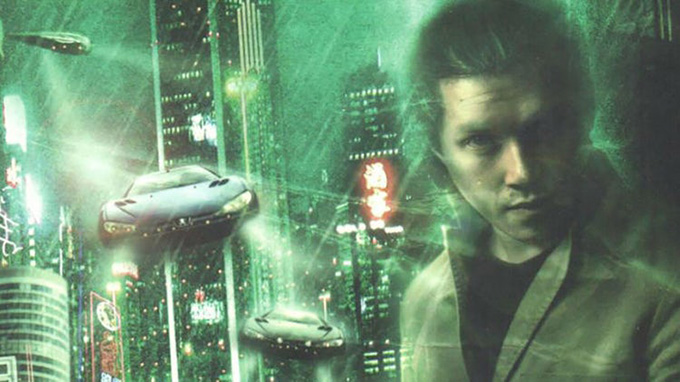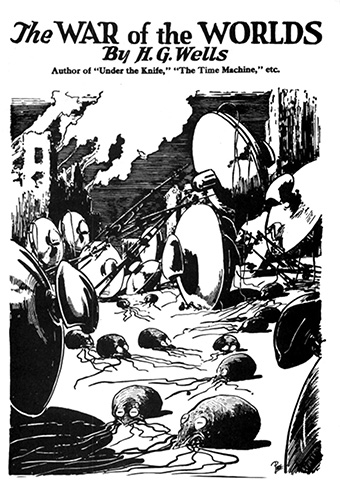
The hopes and dreams of the technological movement known as “transhumanism” have been brought into the media spotlight thanks to Netflix’s new science fiction series, Altered Carbon (based on Richard Morgan’s 2001 novel).
Transhumanists believe that our species will soon undergo a technological evolution into a new and superior form. While there is no single template for transhumanism’s imagined future, there are a number of recurring motifs, such as enhanced cognition, improved bodies and extended lifespans. Sometimes the emphasis is on enhanced biology; sometimes on the supplementation or replacement of the body by technology.
Altered Carbon plays with the ingredients of one transhumanist vision in particular. This is personal immortality through the transferal of the individual human mind into a computer program, which may then be indefinitely preserved and duplicated through a succession of different bodies. And so one could easily think of Altered Carbon as simply an elaboration of the transhumanist worldview – a prophecy of the near future presented in popular entertainment for a mass audience. This assumption is certainly encouraged by promotional coverage, which invites cast members to predict technological developments of the next 200 years.
But is Altered Carbon, or any other work of science fiction, really an attempt to foresee the future? In fact, science fiction has a more important job to do: not to show us the future, but to show us our present-day reality afresh. The real aim of science fiction is to make the everyday world become strange and unfamiliar.
SF futurology
Admittedly, the futures imagined in science fiction sometimes come true (although often they don’t). Science fiction writers told stories about going to the moon before anyone actually went there. They told stories about artificially intelligent machines before these were invented. And so on. This means readers may try to rummage through science fiction for prophetic images, especially of future technologies. Such supposed prophecies needn’t be endorsements, of course. The dystopian vision of Altered Carbon might, for instance, be construed as a warning that we need “to be thinking about the cost of pursuing technological immortality”.
Such a predictive model of science fiction has been popular with military technologists, who have thought of the genre as a crystal ball showing the future of warfare. The cultural historian (and latterly science fiction writer) Charles E Gannon has shown, for instance, how Robert Heinlein’s Starship Troopers (1959) informed the thinking of US military planners, who were inspired not only by its technology, but also by its new model of the infantry as highly-trained elite troops. This way of reading science fiction is also encouraged by science fiction authors like H G Wells and Arthur C Clarke, because they also wrote non-fiction – what we might now call “futurology” – in which they tried to forecast the future.
But while science fiction sometimes turns out to be accurate futurology, this doesn’t mean prediction is essential to the genre. Although some science fiction technologies – such as rocketry or computing – have been carefully grounded in scientific possibility, many have not been. There is only the barest scientific explanation (if any) for many science fiction devices. Think of faster-than-light travel (warp drives), teleportation, telepathy, time travel, and connected parallel universes.
The body-swapping gadgetry of Altered Carbon is no different. The premise of AI, mixed with the new experience of consumer computing (copying and backing up files), and finished off with a veneer of technological jargon (“cortical stack”), gives an illusion of technological depth and solidity to its daydream of disembodied consciousness. Such far-out, make-believe technologies seem believable because science fiction writers cleverly imitate the language and style of scientific and technological writing.
Distortion of the present
So if science fiction doesn’t try to predict the future, what is the point of its various make believe images of the future?
Above all, science fiction uses make believe futures to show our own world in a cleverly distorted way. This allows us to see it afresh – as if our own culture were that of a foreign land – forcing us to ask uncomfortable questions about what we take as natural, right, inevitable.

War of the Worlds 1927 cover. Wikimedia
Other, more recent works question the naturalness of the roles doled out to men and women, and the reality of sex and gender themselves. Marge Piercy’s Woman on the Edge of Time (1976) imagines a future society in which pregnancy happens outside the body in special machines, and where men take on equally the hard work of caring for babies (thanks in part to technology that allows them to produce breast milk). There’s even a gender-neutral pronoun (the all-purpose “per” instead of “he” and “she”). Piercy’s novel forces us to recognise our assumptions about the importance and reality of sex and gender. The book is not rigorously grounded in biology and linguistics – but this doesn’t matter.
Altered Carbon borrows images from transhumanism and uses them in a similar, genre-specific way. Its world helps us articulate the class divisions of our own society: the wealthy elite, who can live forever in a succession of bodies, are an intensified representation of present-day inequalities, including access to advanced healthcare.
By making our everyday world into something strange and alien, science fiction hopes that we will question and change our society. Science fiction does not invite us to be prophets, but anthropologists making sense of a complex and troubling foreign culture – which we may eventually come to recognise as our own. And so when reading or watching science fiction, look for the moments when the future seems shocking, repulsive, and alien to everything you hold dear. Ask what these moments correspond to in your world.
Author Bio: Gavin Miller is a Senior Lecturer in Medical Humanities at the University of Glasgow